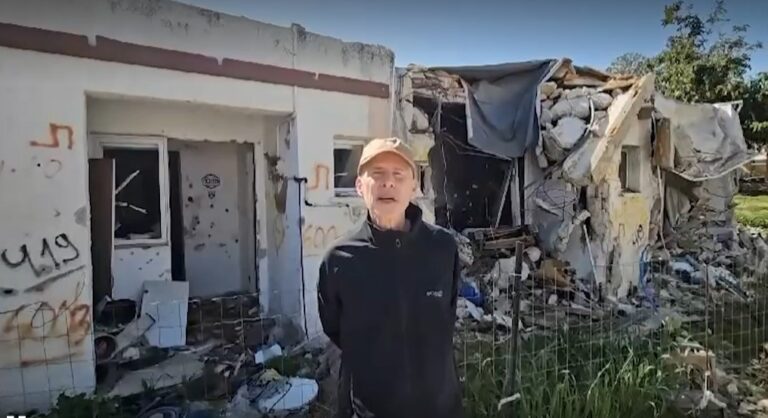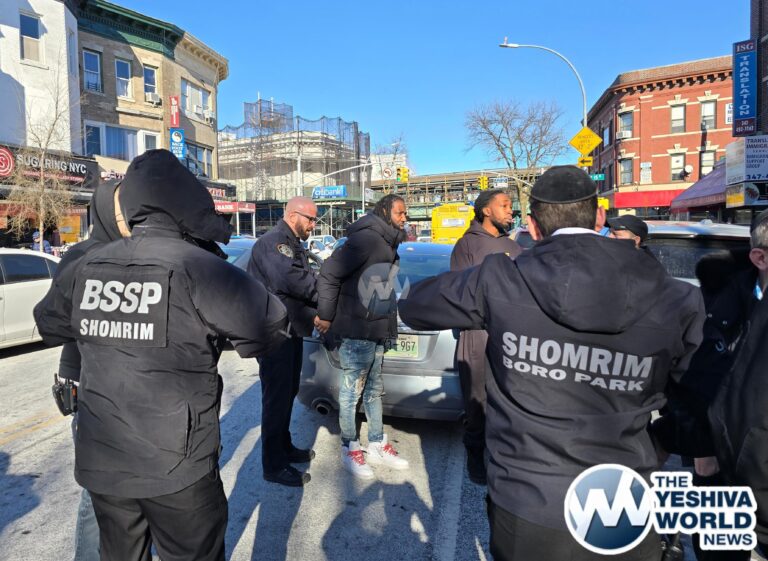 The following is a NY Times article:
The following is a NY Times article:
Mayor Michael R. Bloomberg was a ubiquitous scold, appearing on camera four times in 24 hours to tell grizzled urban dwellers that, yes, they had to take the threat of dangerous weather seriously.
He was a decisive crisis manager, demanding that 370,000 people evacuate their homes long before the first raindrops fell.
And he was a reassuring father-figure, declaring that looting and theft after the storm was unlikely because, in the New York City of 2011, residents no longer did such things.
The lethal storm for which the mayor relentlessly prepped city residents largely spared New York, leading many to grumble about an overreaction by city officials.
But even Mr. Bloomberg’s loudest detractors conceded on Sunday that with his vigilant and visible handling of Tropical Storm Irene, he had done much to repair his reputation for C.E.O.-style leadership, a reputation that had been badly tarnished when his administration bungled the cleanup of a post-Christmas blizzard last year.
“This time, the mayor had a clear plan and a clear message,” said City Councilman Jumaane D. Williams, a Democrat from Brooklyn who had lambasted the Bloomberg administration after the snowstorm.
“It probably saved lives,” he said.
From the start, the Bloomberg administration seemed determined to avoid the mistakes of last December, when many of City Hall’s top brass had left town and those who remained had failed to plan for the worst.
This time, sporting an open collar and a hoarse voice, the mayor became the face of a forceful and coordinated response to the hurricane — one that relied, to a large degree, on his own public insistence that Irene was a real danger. He sternly told those in evacuation zones that refusing to leave immediately endangered the entire city by diverting emergency workers.
“Can you imagine,” he asked them, “looking back and saying we could have avoided a tragedy because you just didn’t want to get going until you had to?”
And when he learned that a pair of adventure-seekers had decided to kayak off Staten Island in the middle of the storm, forcing the police to make a risky water rescue, he could barely contain his disgust.
“Why they were out there despite all the warnings, I don’t know,” he said.
By the time the storm struck New York City, a weary-looking Mr. Bloomberg had held seven news conferences on the topic. (Before the blizzard, by comparison, the mayor held a single press conference, just as the snow began to fall.)
And behind the scenes, the administration engaged in the kind of widespread outreach to city and state lawmakers that was missing in December, averting potential problems early on.
During a conference call a few days before the storm, lawmakers who represent neighborhoods with large public housing complexes complained that the administration had not planned for adequate transportation to evacuate the buildings’ residents, all of whom lived in the mandatory evacuation area, Zone A.
Aides to the mayor agreed, then went to work getting dozens of buses to the housing complexes.
In interviews on Sunday, as the final sheets of rain from the storm fell on the city, many residents spoke admiringly of the mayor’s preparations.
Margaret Gerrol, 45, had not been eager to leave her home in Coney Island, which sits in the flood zone that Mr. Bloomberg had ordered evacuated by 5 p.m. Saturday. But she did not second-guess him, and she complied.
“He did the right thing to warn everybody to leave,” she said. “We didn’t know how bad the storm was going to be.”
Ronnie Owens, 46, who also lives in Coney Island, still recalls being stuck inside his home after the city’s slow response to the blizzard forced him to miss work.
On Sunday, he stood inside an evacuation center in Bensonhurst, Brooklyn, where he had spent the night waiting out the storm, and praised the mayor. “I give him an A plus,” he said.
“I guess because of the snowstorm, he figured he’s got to be on top of his job this time,” he said.
But post-storm skepticism lingered.
“He overreacted,” said Coco McPherson, a magazine editor, as she walked with a friend along the promenade overlooking the Hudson River just below 14th Street.
“I think it was a reaction to Snowmageddon, and his perceived failures then,” she said, using a popular nickname for the Christmas snowstorm.
Mr. Bloomberg seemed palpably relieved on Sunday, as the storm quickly passed over the city. He acknowledged that he had barely slept on Saturday night, checking the weather outside his window at midnight, 3 a.m. and again at 6 a.m.
He was characteristically blunt and unapologetic when asked about the evacuation order and those who questioned it. “They should just look in the mirror. They are alive today, whether because of it or in spite of it,” he said. “We’re just not going to take any risk with people’s lives.”
He invoked his oft-repeated mantra of precaution and prudence. “We can’t just, when a hurricane is coming, get out of the way and hope for the best. That’s not responsible,” he said, adding, “Nobody likes to inconvenience people. But human lives are much more important.”
In the days leading up to the storm, Mr. Bloomberg had overseen much of the response from the safety of City Hall and New York’s emergency operations center in Brooklyn. On Sunday, however, he took a more hands-on approach in the middle of the West Side Highway.
Around 8 a.m. Sunday, as he was surveying the damage around the city, the mayor spotted a taxi that was up to its windows in water. Mr. Bloomberg, his spokesman recounted, instructed his security detail to pick up the driver and rescue the car.
They promptly did, putting the soaked taxi driver in their city S.U.V. and calling for a tow truck to remove his car from the water.
(Source: NY Times)











3 Responses
oops I missed it – how many frum neighborhoods were under water on Shabbos – I live well south of Brooklyn, and it wasn’t even raining during Shachris, and the weather didn’t get especially bad until well after havdalah. Just like the forecast. How many of the people evacuated are returning to destroyed home? According to what I can see, TROPICAL STORM IRENE was a nuisance, but no more (as was forecast, at least on “Weather underground” which is based on NOAA sources).
So how many lives were saved by people ignoring the forecast (which said the storm would be post-Shabbos) and listening to radios on Shabbos or otherwise engaging in non-Shabbosdik behaviors.
Exactly my thoughts! Thanks for this article.
Now let me see him prepare hundreds of plowing trucks ahead of the snow…
Bloomberg and Christie did an immaculate job in helping to prepare for the worse, which thank heaven, did not happen.
I also want to say Yeshivah World News did an excellent job with the articles, stories, and maps. I referred to this site often and obtained clear information that was not found on other news sites.